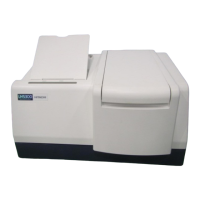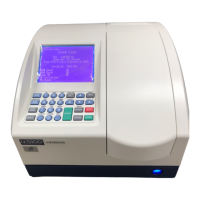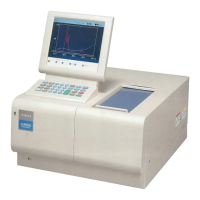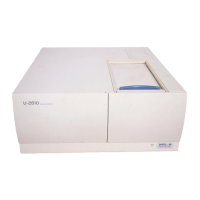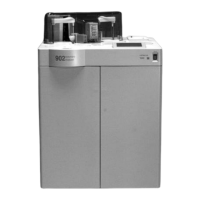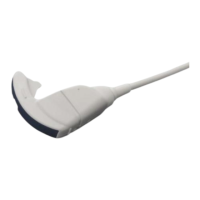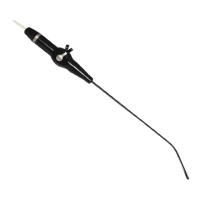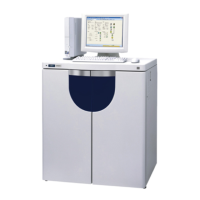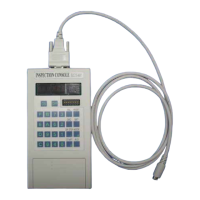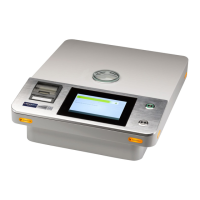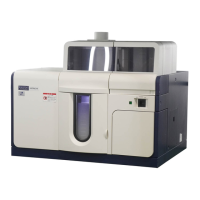Why is the reproducibility poor in Hitachi Measuring Instruments?
- CChristian CastilloAug 6, 2025
Poor reproducibility in Hitachi Measuring Instruments can stem from several factors. Bubbles in the flow cell or the sample itself, insufficient sipped amount, contamination in the flow cell or tubing, temperature sensitivity of the sample, residual sample in the instrument, instability of the liquid in the flow cell, high sample viscosity, or an open sample compartment cover can all contribute. To address this, try washing the flow cell, removing bubbles and dust from the sample, increasing the sipping time, ensuring a constant measurement temperature, extending the delay time, cleaning the tubing, diluting the sample to reduce viscosity if needed, and ensuring the sample compartment cover is closed during measurements.
